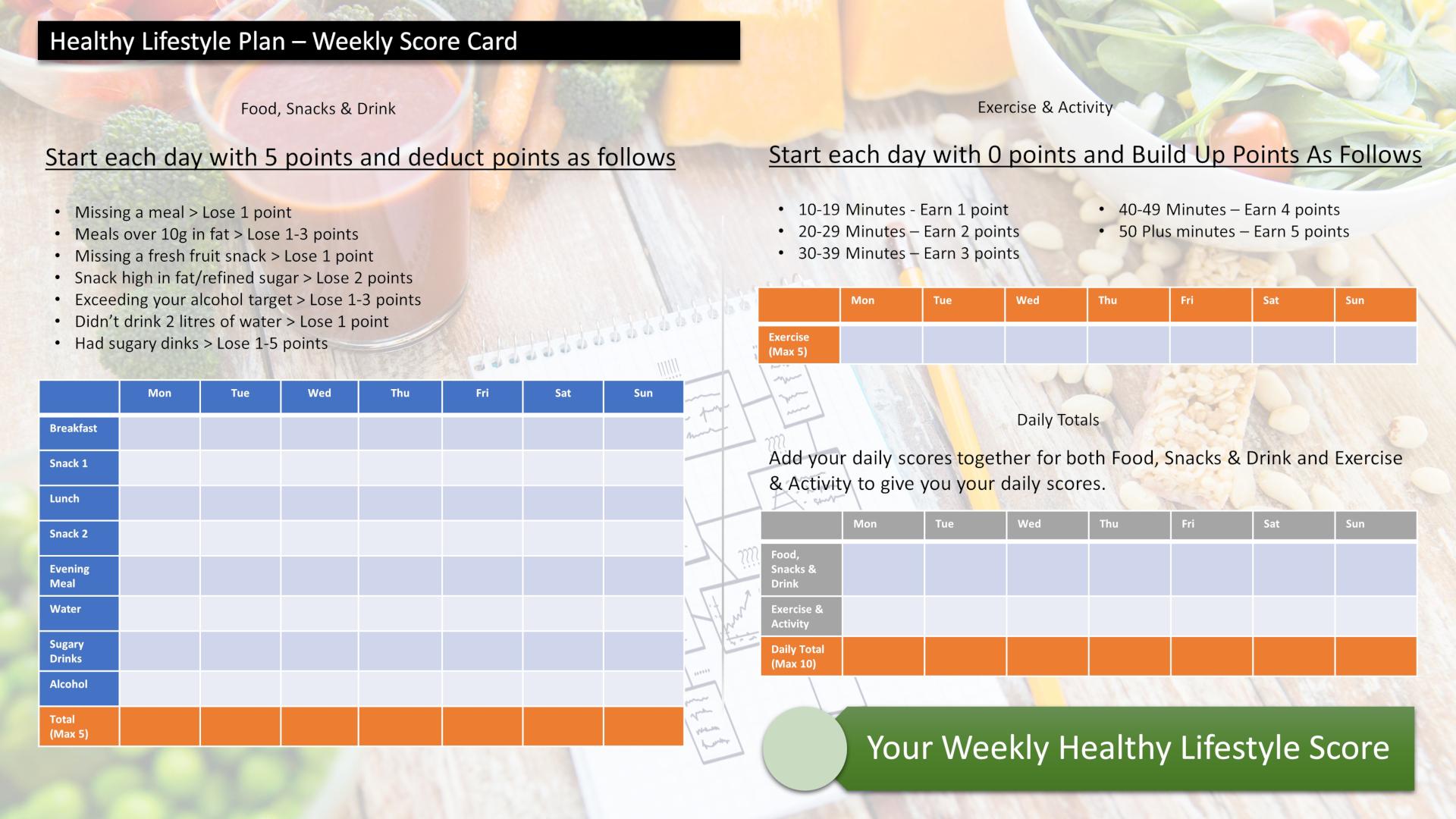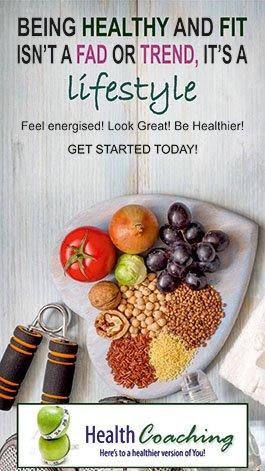Margaret has been a member of my Gym for quite some time. She’s always a breath of fresh air, smiling, and happy to chat to anybody. Well today she made contact with me to tell me some really alarming news. She had been diagnosed with Osteoporosis. She was decimated by this news, as well as being totally confused.
All her Doctor had told her, apart from the fact what she has, is he suggested that she no longer worked out in the gym, and that she should simply start walking, and that was it.
The physical effects of osteoporosis are well known. Bone loss can lead to loss of height, a curved back, and bone fractures. The emotional toll is less obvious. Women with osteoporosis often struggle with a negative body image which, unfortunately, can affect their self-esteem and outlook.
I promised Margaret that tonight I would blog to show her the active steps to manage her condition, to help her increase her confidence and feel more positive about her future.
Here are some facts from the NHS Website:
- Approximately 3 million people in the UK have osteoporosis.
- There are more than 230,000 fragility fractures every year.
- One in two women and one in five men over the age of 50 will break a bone, mainly because of poor bone health.
- Broken wrists, hips and spinal bones are the most common fractures in people with osteoporosis.
- Of the 70,000 people who have osteoporotic hip fractures each year, 30% will die within a year from causes related to the fracture.
It is also known as fragile bone disease. Osteoporosis often develops due to age and lifestyle factors. It can also be caused by diseases and medication. Osteoporosis is a condition that affects the bones, causing them to become weak and fragile and more likely to break (fracture). These fractures most commonly occur in the spine, wrist and hips but can affect other bones such as the arm or pelvis.
It is often difficult to detect. There are often no visible symptoms, and in some cases, it is only diagnosed after breaking or fracturing a bone.
Osteoporosis is silent, bones are hidden – but the drastic consequence of osteoporosis is visible in the lives of the millions of sufferers worldwide. Spinal, or vertebral, fractures are the most common type of fragility fracture, yet remain largely undiagnosed and untreated. It is estimated that at least half of all spinal fractures do not come to clinical attention or are untreated. Although many spinal fractures cause disability and pain, these are often ignored or misdiagnosed as back pain due to a muscle strain or arthritis. International Osteoporosis Foundation
Bone is made of a hard outer shell with a mesh of collagen (tough elastic fibres), minerals (including calcium), blood vessels and bone marrow inside. This mesh looks a bit like a honeycomb, with spaces between the different parts. Healthy bones are very dense, and the spaces inside the bones are small. In bone affected by osteoporosis, the spaces are larger, and this makes the bones weaker, less elastic and more likely to break
Bone is a living tissue that is constantly repairing itself. This process is called bone turnover. There are cells which break down old bone (osteoclasts) and cells which build new bone (osteoblasts). This process requires a range of proteins and minerals, which are absorbed from the bloodstream.
In childhood, bones grow and repair very quickly, but this process slows down as you get older. Bones stop growing in length between the ages of 16 and 18, but continue to increase in density until you are in your late 20s. From about the age of 35, you gradually lose bone density. This is a normal part of ageing, but for some people it can lead to osteoporosis and an increased risk of fractures.
Osteoporosis which is so prevalent now, was virtually unheard of a hundred years ago. It was a rarity until the turn-of-the-century. So what happened? Changes in our Diet and Lifestyle have caused an epidemic of osteoporosis.
The condition occurs when the bones lose their density over time from lack of calcium, exercise and Vitamin D.
Apart from medication prescribed by a doctor you can take a few simple healthy lifestyle steps to combat the psychological effects and feel more positive about yourself, as well as limiting the effects that osteoporosis will have on your body.
1) Give up drinking Sodas – Carbonated beverages such as soft drinks removes calcium from your bones. Sodas, whether diet or regular, are bone destroyers. Studies have shown that drinking even one soda a day will have lasting negative effects on your bones. One study on 16 to 20 year-old women showed that half of them were already showing bone loss as a result of excess soft drink intake. Carbonated beverages also have excess phosphates, which accelerate urinary calcium loss.
2) Cut down on Protein – Excess protein intake causes acidity in the body, which in turn causes calcium to be lost in the urine. Most people need only two to 4 ounces of lean protein, three times a day. The average diet contains two to three times this much.
3) Cut out Caffeine – Each cup of coffee that you drink makes you lose 150 mg of calcium in your urine. Decaffeinated coffee is not the answer either though, because it contains harmful chemicals that interfere with the detoxification process.
4) Eat Plenty of Calcium – Make sure that your diet is rich in calcium to promote bone density. You need to up your calcium levels to compensate for your bones becoming weaker and more prone to breaking and fracturing. Milk, dairy products and sardine bones are good sources of calcium. Supplements are also an option such as Cod Liver Oil.
5) Increase your vitamin D Levels – Vitamin D is very important for osteoporosis, as it helps to keep your bones strong and healthy. It also helps your body to absorb calcium more easily. Vitamin D helps absorb calcium and put it in the bones. It is also important for immune system modulation, depression, and autoimmune disorders. It is made in the skin upon exposure to sun light. When you can’t get enough sun, then take vitamin D for strong bones.
6) Change Your Diet – Excess refined sugars and starches, elevate your insulin levels and cause an increase in osteoporosis. The ideal diet is one called a “low glycemic index” diet. Glycemic index is a measure of how quickly food turns into sugar in the bloodstream. Low glycemic index foods do not raise blood sugar or insulin levels quickly, and include lean proteins, beans, vegetables, and good fats (nuts, olives, olive oil, fish, fish oils, avocados).
Increasing fiber intake is an easy way to lower sugar and insulin levels. Fiber taken just before meals helps to slow down the absorption of sugars and fats, and can help lower cholesterol and blood sugar levels.
Add raw, preferably organic, greens into your diet. The calcium in green vegetables is excellent for bone health and you would benefit from having raw juices or salads every day.
7) Reduce Stress – Stress raises cortisol levels. If cortisol levels are high for long periods of time bone loss can occur. Cortisol antagonizes insulin and leads to insulin resistance, eventually raising the blood sugar and causing calcium loss in the urine. Stress reduction include specific activities aimed at invoking the “relaxation response” such as yoga, meditation, progressive muscular relaxation and deep breathing.
8. Exercise More – Many patients with osteoporosis believe that they should not participate in physical activity because of the increased risk of fractures, but a safe exercise program will actually help improve the condition. Bones are living tissue and respond to the stress of exercise by getting stronger, just as muscles do. Exercise can help prevent further bone loss, strengthen remaining bone, and, in some cases, even reverse some of the effects of the disease. As little as 15 to 30 minutes a day can be helpful.
Regular physical activity can:
- Increase your muscle strength
- Improve your balance
- Make you better able to carry out daily tasks and activities
- Maintain or improve your posture
- Relieve or decrease pain
- Improve your sense of well-being
Introduce the following:
- Low-impact cardiovascular exercise using a treadmill — for walking, not running.
- Weight training exercises using very light free weights or machines with a supportive backrest.
So don’t be afraid to head to the gym. Just choose an exercise routine that will protect your bones from injury.
The lifestyle factors you need to avoid are smoking and excessive alcohol consumption.
One word of warning to everybody is that osteoporosis is not just a disease of elderly women. It is a disease that can strike us all whether we are men or women, young or old. While we think of a stooped-over old woman as symbolic of osteoporosis, this debilitating disease occurs over a lifetime, but that doesn’t mean it’s inevitable. So everyone should implement some of the healthy lifestyle habits listed.
The International Osteoporosis Federation have created a One-Minute Osteoporosis Risk Test as a public awareness tool to alert individuals to their possible risk factors for osteoporosis. If you would like to take it, here is the ~link removed~.
“People are needlessly experiencing pain, fractures and even death due to osteoporosis, a disease that could be treated if people were more aware of the risk factors and symptoms. Osteoporosis is a terrible and debilitating condition, which millions of people are affected by.” Barbara Windsor, actress, Patron of the National Osteoporosis Society, UK
Score Your Way To Good Health - With Our Healthy Lifestyle Plan
Score your way to good health with our healthy lifestyle plan and it's unique 70 point weekly scorecard!




Larry, great post… Being a woman in her early 40’s 😛 I definitely could use all the information on such things like what your post is about today.
Thanks for sharing
~ Deb
Hi Larry
This is brilliant info. We have several ladies who have been referred to us by our consultant physio with osteoporosis and I am going to pass this onto them.
The hydraulic machines are just brilliant for helping the muscles stay strong.
Pilates is also a good option as this works the stabilising muscles closest to the joints. The ones that tend to get weaker and need to be strong to support any weaknesses brought on by the osteo.
Recent seminar I went on a the Register of Exercise Professionals convention told us that it takes a short time to lose 6% of bone density but probably up to a year to gain back 1%. It’s the exercise that involves little bits of impact that is more effective than high impact obviously, so walking is brill but also doing a workout such as the ones we have with hydraulic equipment is very effective and safe.
Like you we are always available in the gym to help and guide our members so they feel confident with what they are doing and the most important get the results they are looking for.
I agree with the article about the emotional effect of osteoarthritis. The best thing our members suffering from this condition have found is that the exercise format as boosted their confidence no end.
Marion
That is so kind of you to say Jakill, high praise indeed. Thank you!